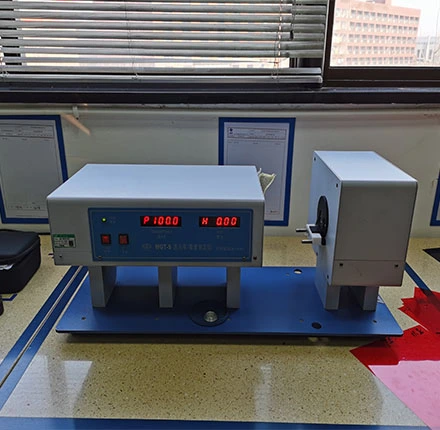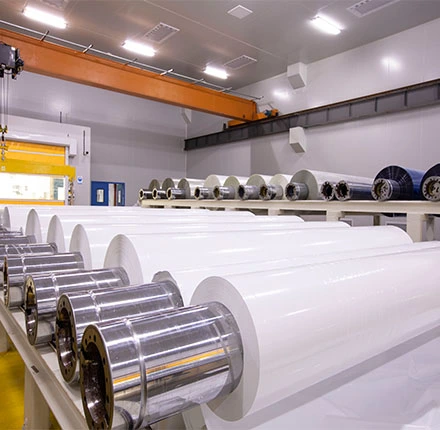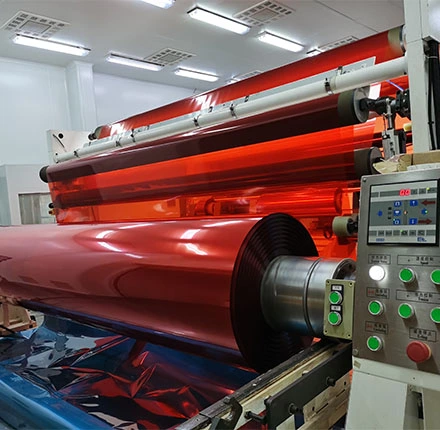As the base film of flame retardant PET film, the flame retardant film can exert its flame retardant performance after downstream coating, compounding and other processing procedures, and is widely used in the electromechanical industry as an insulating material. The flame retardant PET film can be used as the packaging of lithium batteries and insulating material in large capacitors after being coated with flame-retardant adhesive downstream.
1. The flame retardant PET film is one of the functional films mainly used in electrical machinery, building decoration materials and heating engineering in cold weather areas with requirements for product safety.
2. It is used for labels and labels of batteries and electronic products, as well as insulating clapboards with high flame retardant requirements. The flame retardant grade can reach the VTM-0 standard of UL94 (yellow card number: E516097)
3. Thickness ranges from 25-100 μ m with various colors, including transparent flame retardant PET window film, black flame retardant film, white flame retardant film, and golden flame retardant film.





Flame retardant films must be able to resist the ignition and spread of fire. Fire resistance tests measure the film's capacity to extinguish flames, prevent or delay the spread of fire, and release low levels of heat and smoke. Among the most common standards for fire resistance tests are the ASTM E84, NFPA 701, and UL 723.

During a fire, smoke and toxic fumes can cause asphyxiation, which can be very dangerous for occupants. Smoke and toxicity tests for flame retardant films evaluate the level of smoke that the film emits, the impact of the smoke on the environment, and the level of toxicity that the emitted gases have. Test standards such as ASTM E662, SAE J369, and NF F 16-101 regulate smoke and toxicity evaluations.

Flame retardant films must have the capacity to maintain their fire-resistant properties at extended high temperatures. Thermal stability tests measure the film's capacity to withstand high temperatures, which is critical to preventing fires from spreading or igniting. Testing standards relating to thermal stability include ASTM D4804, ASTM D3014, and NF X 70-100.
Please fill in the below information if you have any questions, we will reply to you shortly.
